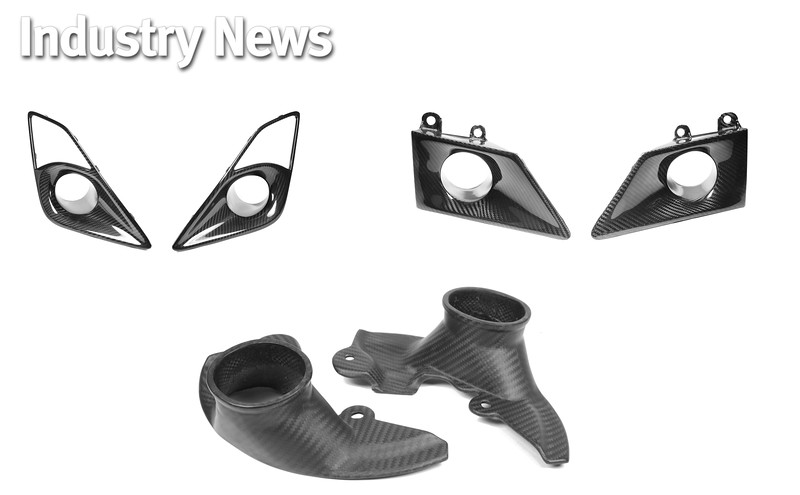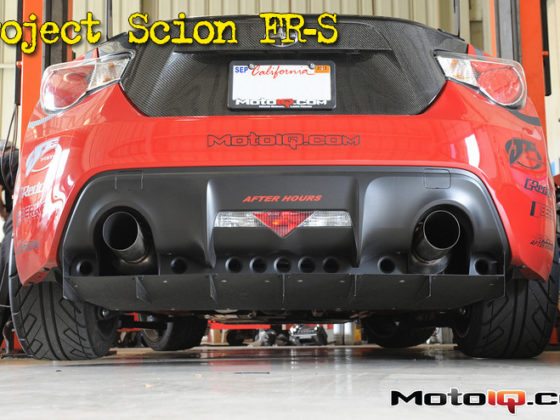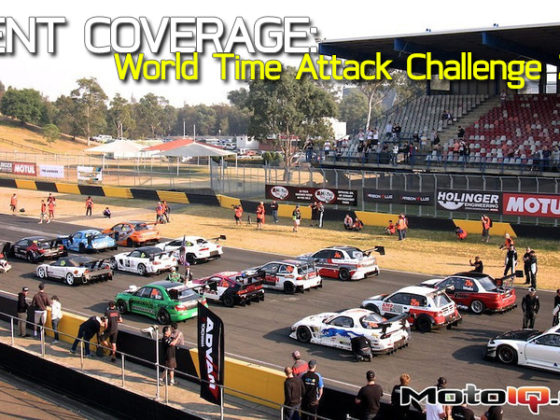
You're Doing It Wrong: Part 2 – Basic Rules for Acquiring Sponsorships
First off, let me start by saying that I am not a fan of the word “sponsorship.” “Sponsorship” suggests a one-way exchange, like sponsoring someone in a walk-a-thon. You give them something and you expect nothing in return except the gratification of knowing that the chubby neighbor kid you sponsored actually has to be active for an afternoon. Unfortunately that’s not how it works in the motorsports world; “sponsorship” is a marketing tool and those “sponsors” definitely expect something in return. So from now on, let’s call it a partnership. Partners have an equal share in the deal, giving as much as they receive, like a marriage but with a mutually agreed upon divorce date.
I’ve been on both sides of motorsports partnerships with many years as a grassroots racer running my own programs as well as a few stints running partnership and marketing departments for other companies. Some of the things I’ve seen and heard over the years in regards to partnerships have just blown my mind. While there are many different approaches to motorsports partnerships, here’s my two cents on the subject.

Value comes in many forms. Here is my personal 370Z daily driver doing dyno testing and R&D for Fast Intentions on a new configuration of their popular cat-back exhaust system. They were just as interested in this this part of our agreement than any of the events I was attending.
Rule #1 – Create a VALUABLE program
Remember this is a partnership; it must be valuable to BOTH parties. The value for you is obviously discounts, products, support, money, etc. but what’s the value to your partner? Figure out what you’re going to offer back to your partner that’s going to help them reach their goals. If you don’t know what your partners goals are, maybe that should be the first thing you find out. Their goals may be to break into a new market, launch a new product, or simply sell more of their current products. Some companies are after television exposure, some after live events with high attendance, others may simply want you to help develop and test new products. Try and do your best to adapt to a partner’s goals, but also be able to accept the fact that some partnerships are just not going to work. For instance, a tire company who is looking to test and promote their new competition racing slick has little use for a drifting team who has to run street tires. Make sure your value is relevant to that company you’re going after as well. I don’t know how many times I have seen or heard people ask for free parts because they park their car on a busy street at work or they drive on busy highways every day. That has almost no value to an aftermarket performance parts company. Even if 10,000 people drive by your car every day, how many of them actually drive cars your partner makes products for and are interested in modifying that car? Out of that number, how many of those are going to be swayed into purchasing a particular brand because they saw it on a parked car they drove by on the way to Yogurtland? The answer is almost none.
The reality is, the reason companies do partnerships is in hopes that the exposure and credibility your program provides them enough value in return to cover their investment in you and more, but yet again that value could come from many different avenues. Your R&D feedback could result in a better product that is easier to sell. Just having their product on a race car in general will allow them to say their product is “track proven” which could lead to more sales. Or perhaps if it’s a large enough company they just want a tax write off that gives them brand recognition and exposure in return.

I already had BC Racing Suspension on my 370Z in 2010 so the value they provided me in 2011 was simply allowing me to put my car in their booth at SEMA that year. It cost them nothing but it allowed me to land many other partnerships simply because they wanted their product on a booth car at SEMA.
Rule #2 – Figure out what you actually need
We’ve already discussed value for your potential partner, but what about for you? You must figure out what you actually need and don’t stray from it. It’s quite possible that you’re going to get into a situation at some point where you’re going to be negotiating partnerships with two or more companies that are going to offer you the same product. Obviously you can only choose one so you better know what’s valuable to you. Just like with your partners, value can come in many forms for you as well. Free product and or cash are obvious values but most value is not as obvious and sometimes can lead to you making the wrong choice if you’re not looking at the whole picture. Let’s say hypothetically I am being offered partnerships from two different energy drink companies. Red Bull is offering me nothing more than one case of product a month. The other company is a start-up that nobody has ever heard of, but they’re offering me free product and a $2,000 cash signing bonus. I am going to take the Red Bull deal in a heartbeat. Why? Because being an official Red Bull athlete has way more value. If they promote me at all on their Facebook page, which would again cost them nothing, they are promoting me to nearly 41 million people. If just 1% of them go to my page and like it, I all of a sudden have 410,000 new fans. If just 25% of those new fans watch the video I posted from my last race, that video just got over 100,000 views. That’s going to make it a lot easier to get far more than $2,000 worth of new partnerships. Not to mention, if I do a good job impressing Red Bull, they’re more likely to offer me much more than free product the next season. Always try and find things that don’t cost your partner any money, but can add value to your program like helping promote you on their social media, using a photo of your car in their next magazine ad, allowing you to put your car in their booth at SEMA, etc. They will almost certainly agree to it since it doesn’t cost them money and it will make the rest of your partners happy as well. The bigger your program gets, the more everyone receives in return.

The partnership proposal I created for the Yost Autosport #YAE92 M3 race program I am working on for 2014 features eight pages, four of which are simply renderings of the car, pit equipment, driving suits, etc. with that company’s logo on them. Visualization is more likely to invoke an emotional response than overloading them with information.



